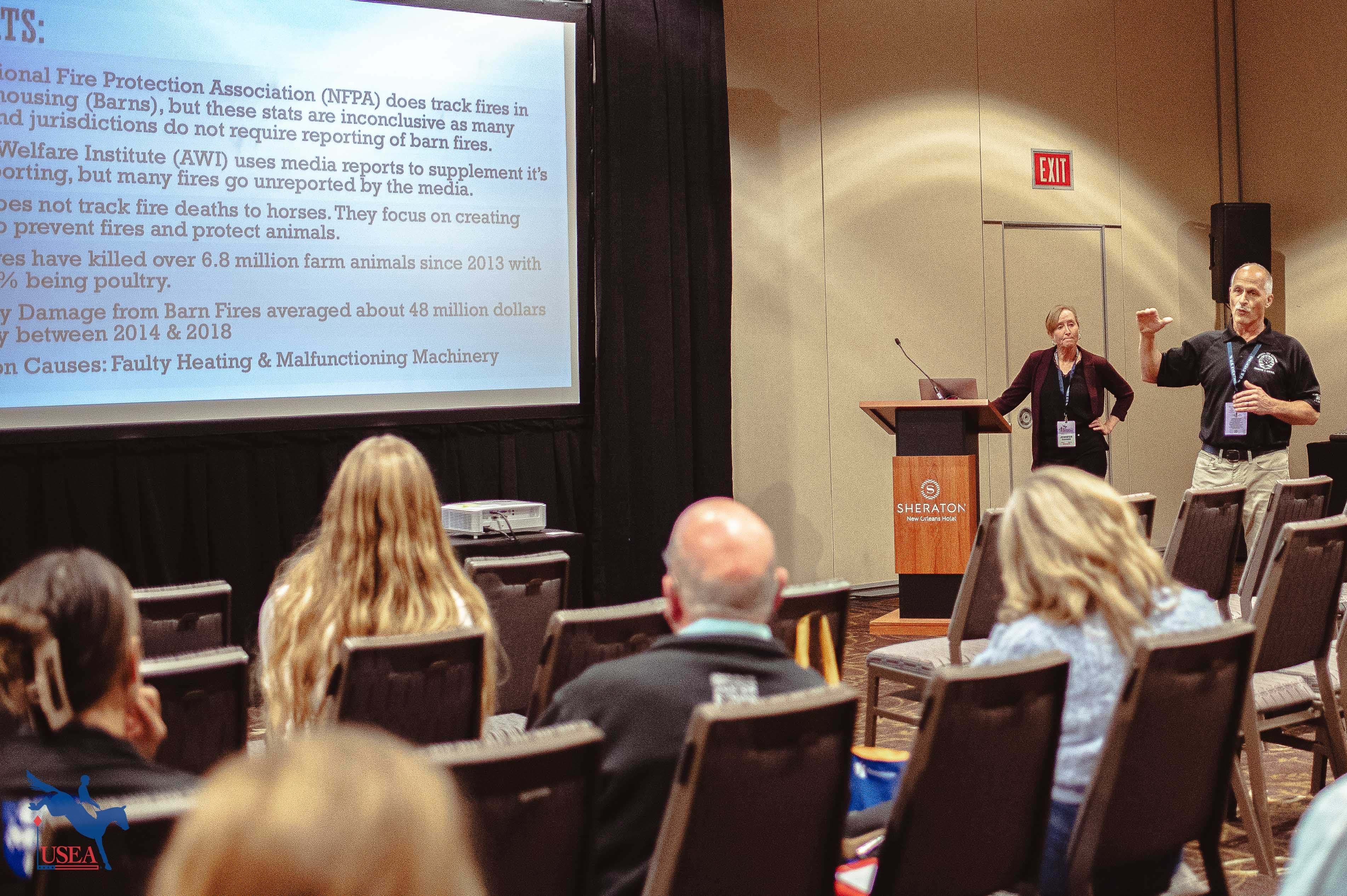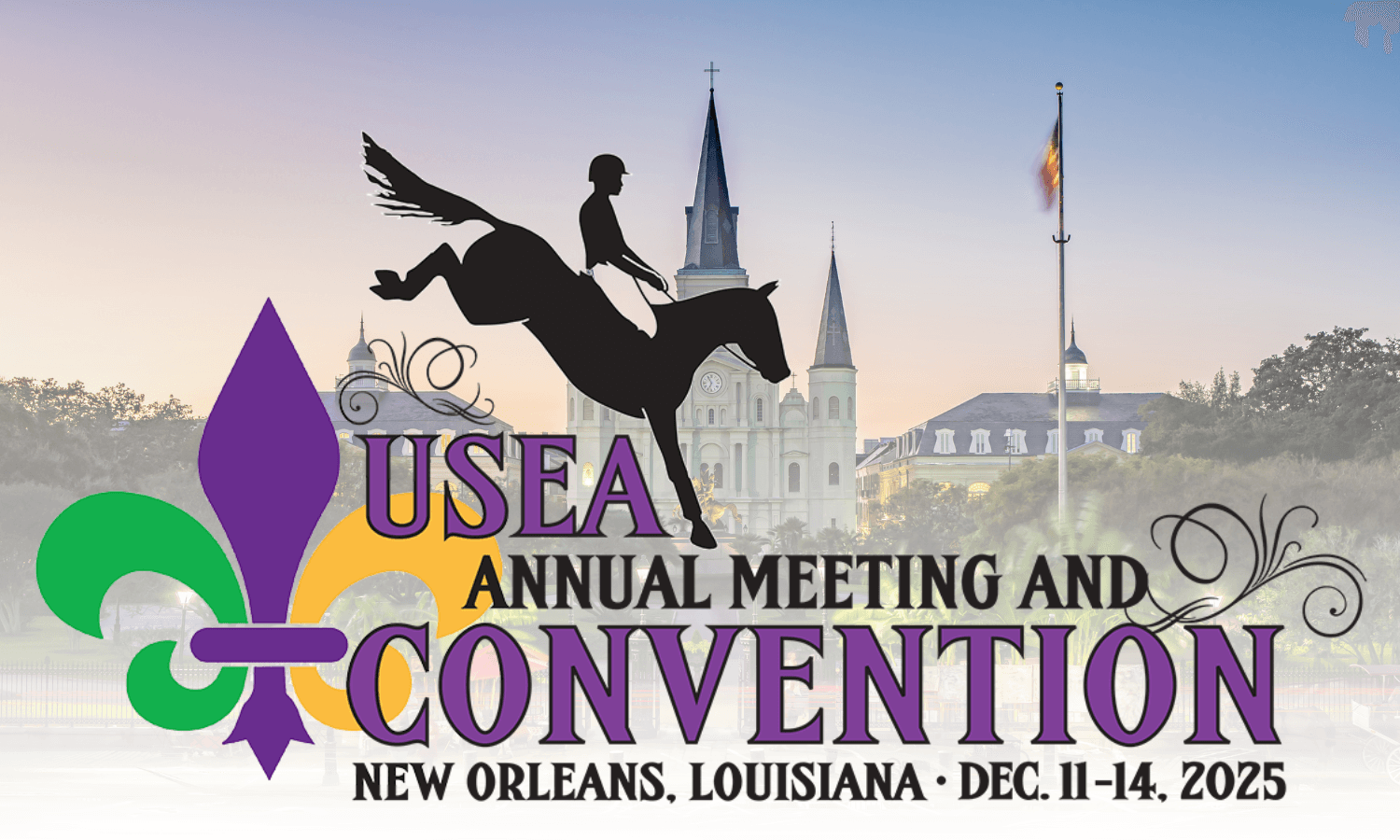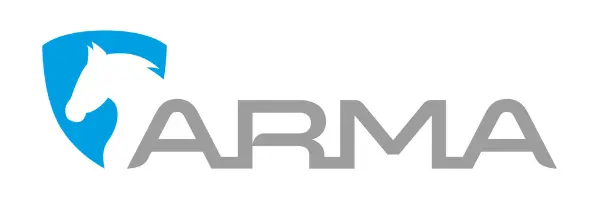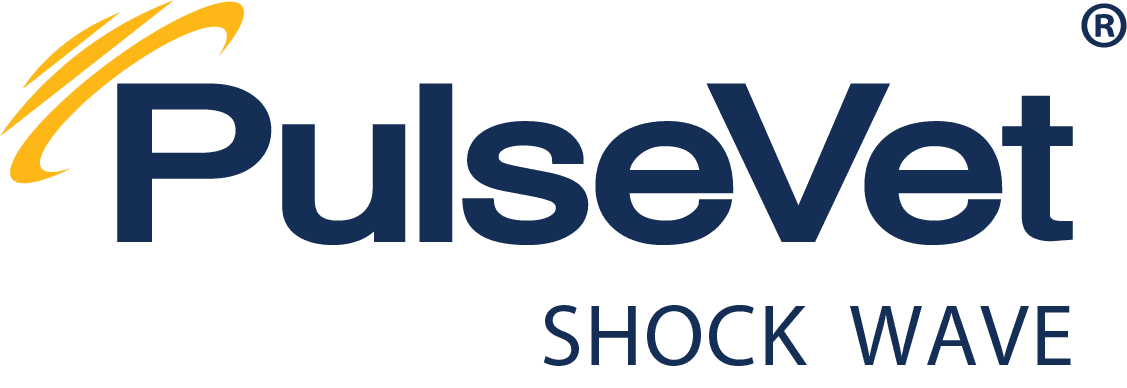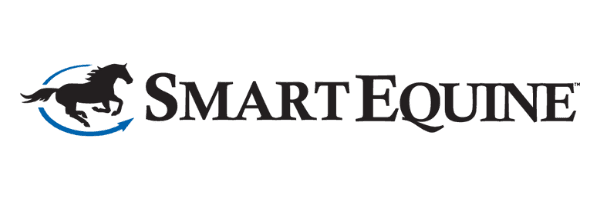Equine Medical Research Funding Receives USEA Board of Governors Approval
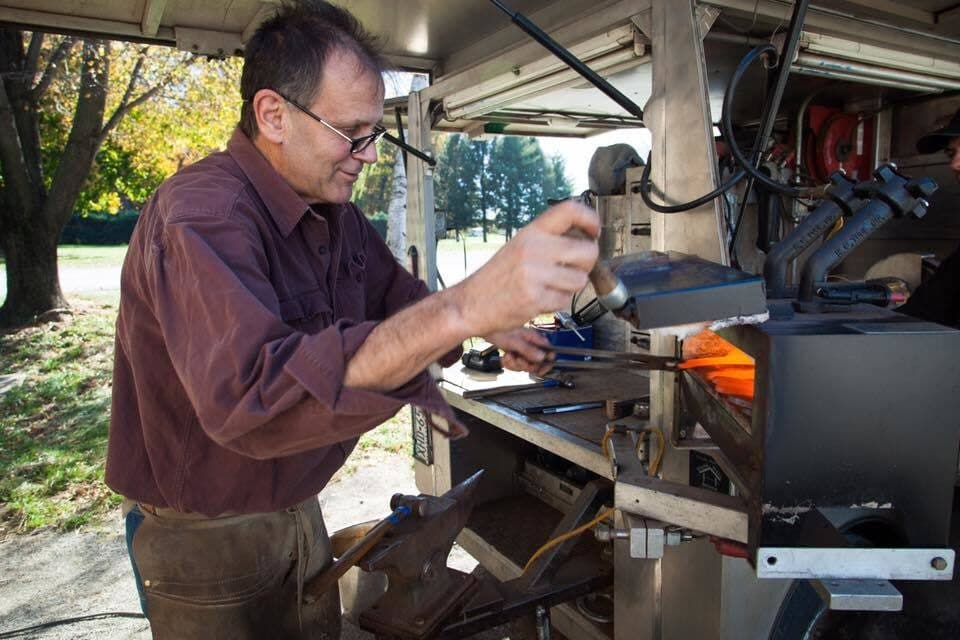
The Equine Medical Research Fund was created in 2014 to provide consistent funding for equine medical research, which has historically been underfunded. A $1.00 starter fee was added to each USEA recognized event entry beginning in 2014, and at year’s end a majority of those dollars were distributed through the Morris Animal Foundation, which assists the USEA with selecting studies to fund, monitoring the funds, and reporting on progress. Morris has decades of experience in reviewing grant applications from universities and research institutions and has a team of veterinarians who spend thousands of volunteer hours assessing which studies are most likely to impact horse welfare. Ultimately, a committee from the USEA comprised of riders and veterinarians will determine which studies the USEA dollars will target.
This year’s committee recommendation is a bit different as the committee is recommending spreading funds among three entities - the Stephen Teichman Farrier study, a Grayson Jockey Club Research Foundation study, and two Morris Animal Foundation Studies.
Through these partnerships, the USEA is helping to address the major problem of equine research underfunding while maintaining control over how member dollars are distributed. Although the committee is always interested in recommending studies that concern general horse welfare, this year we took a closer look at recommending studies that were geared to solving issues that concern performance horses. The goal of our selection philosophy is to provide USEA positive PR through funding a variety of institutions and studies that show our support for horse care, welfare, and rehabilitation.
In 2017, $46,900 dollars were distributed between five different studies on different topics pertaining to equine health, from improving regenerative therapies to studying gaps in the equine genome related to tendon health.
In 2018, $44,858 dollars were distributed between four different studies on a variety of topics including insulin's relation to laminitis, stem cell therapies, equine asthma, and joint infections.
At the USEA Board of Governors meeting in August, the Equine Medical Research Committee recommended the funding of four studies using the $39,581 collected in 2018 and the Board approved their recommendation. Below are additional details about the four selected studies.
Non-Invasive Evaluation of Host-Microbiota Interactions
Canaan Whitfield-Cargile, Texas A&M
Summary: This study aims to develop a non-invasive platform to serve as a diagnostic test for gastrointestinal inflammation prior to severe disease and to reveal how bacteria in the gut influence horse health.
Description: One of the most important and common classes of diseases affecting horses are gastrointestinal (GI) diseases including colic and colitis. Despite tremendous research efforts to both diagnose and prevent these diseases, they remain very common and frequently are not diagnosed until severe disease is present. One area that is gaining recognition as an important player in equine GI health and disease is GI bacteria or the microbiota. The microbiota consists of all of the bacteria and other microorganisms in the GI tract. Alterations in the amounts and types organisms that make up the microbiota have been linked to both GI and non-GI diseases of horses including colic, colitis, laminitis, and obesity. These findings are part of the reason why there are a vast array of prebiotics, probiotics, and other products on the market that claim to influence the GI microbiota. Unfortunately, there is minimal evidence to support the efficacy of these products and a lack of understanding of how these products work. A major contributor to the lack of evidence and understanding of these products is related to an inability to monitor the health and function of the equine GI tract. It is clear when severe disease is present but currently impossible to monitor subtle changes. Similarly, while we can easily diagnose severe inflammation and microbiota changes during disease, we cannot capture the changes that occurred prior to clinical disease. These limitations result in capturing results of GI injury and disease but not causes. Consequently, there is great need for improved understanding of the causes of disease and early identification of horses at-risk of developing GI disease. In the absence of such knowledge, effective intervention strategies to reduce GI and GI-related health risks will remain elusive.
Horses and other animals naturally shed cells lining the GI tract on a daily basis. People, in fact, shed up to 1/3 of the cells lining their GI tract daily. We have developed a technique for examining the gene expression profile of these cells to monitor the health and function of the GI tract from fecal samples. We have shown that this approach offers a promising means to non-invasively examine the response of the GI intestinal tract to injury. Further, we have convincing preliminary data demonstrating that the gene expression profile arising from these cells mirrors the gene expression profile of the tissues within the GI tract of the horse and provides a global view of the health and function of the GI tract. This approach offers a highly attractive, non-invasive means of monitoring GI responsiveness to disease and interventions. Thus, our long-term goals are to 1) develop inexpensive, non-invasive diagnostic tests in order to document GI inflammation prior to the onset of severe disease in horses; and, 2) by examining host and microbiota data simultaneously we aim to elucidate the mechanisms of host-microbiota interactions in the context of health and disease. Ultimately, we aim to use this approach to identify specific pathway by which the host and microbiota interact so that this critically important interaction can be targeted therapeutically.
In order to achieve our goals, we will utilize a reversible model of GI inflammation with which we have extensive experience. We will induce GI inflammation with the non-steroidal anti-inflammatory drug (NSAID) phenylbutazone and noninvasively interrogate the response and response of the microbiota. Importantly, we will collect samples sequentially both before and after induction of inflammation in order to gain predictive and diagnostic information about GI inflammation in horses. This approach will have broad application to many equine intestinal disorders and will provide the much needed mechanistic insight into disease development and progression, thereby enabling us to develop effective prevention and treatment strategies for equine GI disease.
The total cost of this study is $46,756 in 2019 and $45,814 in 2020. The EMRC recommends $12,000 for funding this study.
Paraoxonase-1 Activity as a Marker for Diagnosis of Equine Metabolic Syndrome
Gabriele Rossi, DVM, Ph.D., DECVCP Murdoch University
Summary: Researchers will investigate a new laboratory test to improve diagnosis of equine metabolic syndrome, a metabolic and hormonal disorder in horses.
Description: Equine metabolic syndrome (EMS) is characterized by abnormal insulin regulation, obesity, and susceptibility to laminitis. EMS is challenging to diagnose since laboratory tests fail to distinguish EMS from other common equine diseases. Human metabolic syndrome (HMS) shares similar laboratory features to EMS and a new serum biomarker has been proposed in human medicine to improve the diagnosis of HMS. Researchers will investigate if this new HMS test also can provide an accurate diagnosis for horses with EMS. A new efficient and cost-effective EMS test will help veterinarians better diagnose and manage this complex disease in horses.
The total cost of this study is $9,355. The EMRC recommends $9,355 to fund this study.
Cell-mediated immunogenicity and MHC expression regulation of TGF-beta2-treated mesenchymal stem cells for improved clinical use in the horse.
Lauren V Schnabel, DVM, Ph.D., DACVS, DACVSMR North Carolina State University
Summary: Researchers will manipulate the expression of immune markers on stem cells to develop safer and more effective therapies for horses with musculoskeletal injuries.
Description: Stem cell therapies have the potential to improve the outcome of potentially severe and life-ending musculoskeletal injuries in horses. However, sometimes the recipient’s immune system will destroy transplanted stem cells if the immune system perceives the introduced cells as foreign. To improve stem cell treatment success, researchers will examine if a novel cell culture treatment can be used to prevent the immune system from destroying donor stem cells. This study will help researchers better understand the cellular regulation of the molecules that initiate immune responses and advance the development of convenient and effective “off-the-shelf” stem cell therapy.
The total cost of this study is $131,479. The EMRC recommends $12,000 to fund this study. This is the second year that we are recommending funding this 3 year study.
Stephen Teichman Study
The goal is to determine the effects of front shoe surface modifications in the sport horse on the duration of breakover. We discussed and agreed to support this study during the May BOG conference call providing the publishing and professional fees were researched and found to be reasonable, which they were.
The total cost of this study is $9,640. The EMRC recommends USEA to provide $4,820 and an additional $4,820 is to be contributed by other donors.
This brings the total recommended research total to $38,175, leaving $1,406 of use at another time.
For an update on studies previously selected for funding by the USEA Equine Medical Research Committee, click here. To learn more about how the Equine Medical Research Fund got started, click here. For additional information about the Fund, click here.

